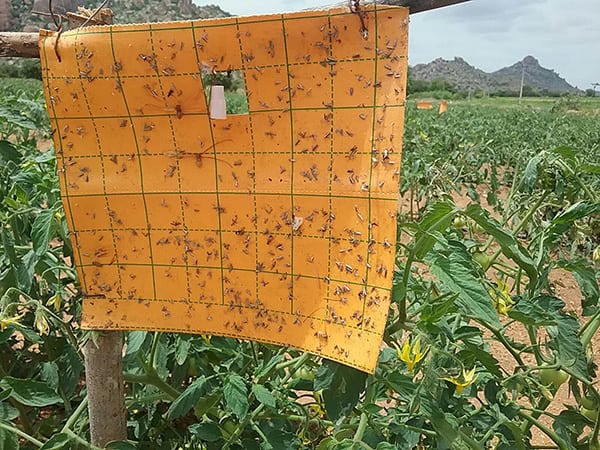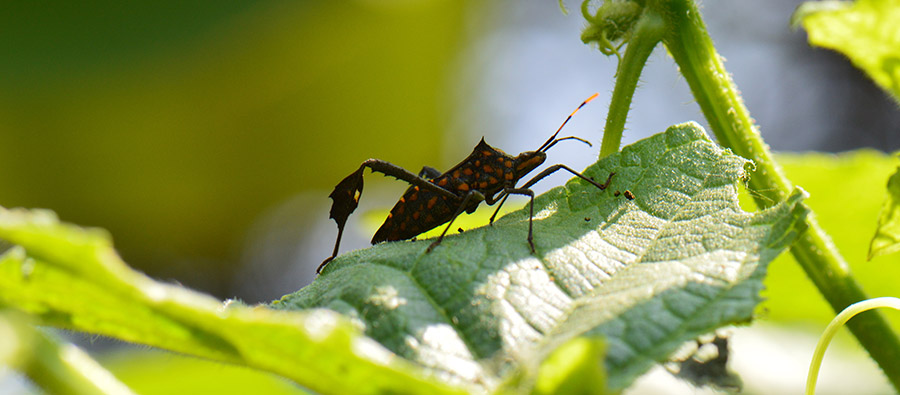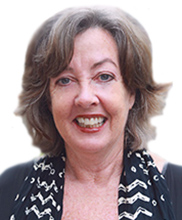Fall armyworm. Coffee borer. Tomato leaf miner. These pests threaten harvests and livelihoods daily. Claire Starkey, President of Fintrac tells Farming First how her team works with farmers to create maximum pest resistance with minimal environmental impact using Integrated Pest Management, the latest agroecological approach to be explored in our “Agroecology in Action” series produced ahead of the Second International Symposium on Agroecology held by the FAO in Rome from 3-5th April 2018.
Agroecology is all about helping farmers to be good environmental stewards. At Fintrac, this is a core tenet of our work. Why? Because it is the ultimate triple win: for farmers, for consumers of the goods they produce and for the planet.
We know we need to protect the earth for future generations. But farmers also need to act sustainably to protect their shorter-term profitability: if they do not look after the natural resources they rely on, they will not get the yields they need to earn a living and feed their families.
Let’s say a family buys a cow. At first, the animal is producing plenty of milk. But over time, if the cow is not nourished properly, she produces less. The same analogy applies to crop production. When you first plant a seed, it may yield good results. But if you continue to reuse that same seed, it loses its effectiveness while also stripping the soil of essential nutrients, significantly reducing yields. That is why we focus so much attention on the transfer of good agricultural practices that protect vital water resources and build up soil health.
In other words, farmers optimize agricultural outcomes – and incomes – by following agroecological approaches that keep ecosystems healthy. And in the last three years alone, Fintrac has supported local partners in putting 630,000 hectares of land into sustainable production across Africa, Asia, and Latin America.
Another season, another pest
One of the biggest challenges facing the farmers we work with all over the world is the invasion of harmful pests. Notorious bugs like the fall armyworm right now in Africa, or the coffee borer in Latin America, show up season after season and threaten the food supply and livelihoods of vulnerable communities.
To combat this, Fintrac prioritizes and facilitates training in integrated pest management (IPM) techniques. IPM practices allow farmers to achieve maximum disease and pest control with minimal environmental impact.
It starts with prevention. Proper weeding and land preparation, along with planting natural live barriers, can go a long way to preventing pests from taking hold. Using pest- and disease-resistant seeds also sets farmers at an advantage. Once crops are planted, adequate crop nutrition and good water management practices help plants stay healthy. Regular health checks help detect any pest or disease infestation early.
But what happens, when despite our best efforts, pests do take hold? The first port of call is proper identification of the problem. We work with a network of field technicians that visit farmers to diagnose the issue and offer advice on how to take action when crops are affected.
Where possible, the next step is biological control, which can range from simple sticky traps to sophisticated microbial inoculants, which are referred to as “beneficial bacteria” that are developed from a crop’s natural enemies, such as bacteria, fungi and viruses. In Kenya, we worked with a local biologics company to train hundreds of vegetable farmers on the use of tuta traps to control a tomato leaf miner outbreak. These traps use a substance known as a pheromone to lure pests onto a sticky trap; a low-cost and safe method that helped farmers salvage what could have otherwise been a lost season.

A sticky pheromone trap attracts and captures the pest. (World Vegetable Center)
Through a partnership with a Malawian company, we are promoting the use of microbial inoculants to promote plant health and boost resistance to disease or infestation. Our partner has so far distributed these Nitrofix inoculants to thousands of farmers across Malawi.
Unfortunately, in some cases, this is not sufficient. We then might need to use agrochemicals, which requires expanding the knowledge and capacity of both farmers and governments to handle them. We have helped public sector agencies to refine pesticide control measures for example, which not only protect human health and the environment, but ensure crops destined for the international market comply with standards such as minimum crop residue requirements.
For farmers, training in safe use is essential, including guidelines for chemical selection, application, storage and disposal. In Honduras, farmers were trained on how to triple wash and perforate pesticide containers, which were then collected by safe disposal service teams. One of those farmer clients, Emiliano Dominiquez, who had been in danger of having his food and income source wiped out by aphids, instead saw crop yields increase six-fold as a result of integrating IPM into his on-farm practices.

When the environment is healthy and productive, farmers can grow abundant food for their families and the global market. It is therefore essential we work to beat challenges such as pests and diseases with the most sustainable and sensible approaches we can to protect our planet. After all, it is the only one we have.
Further reading:



